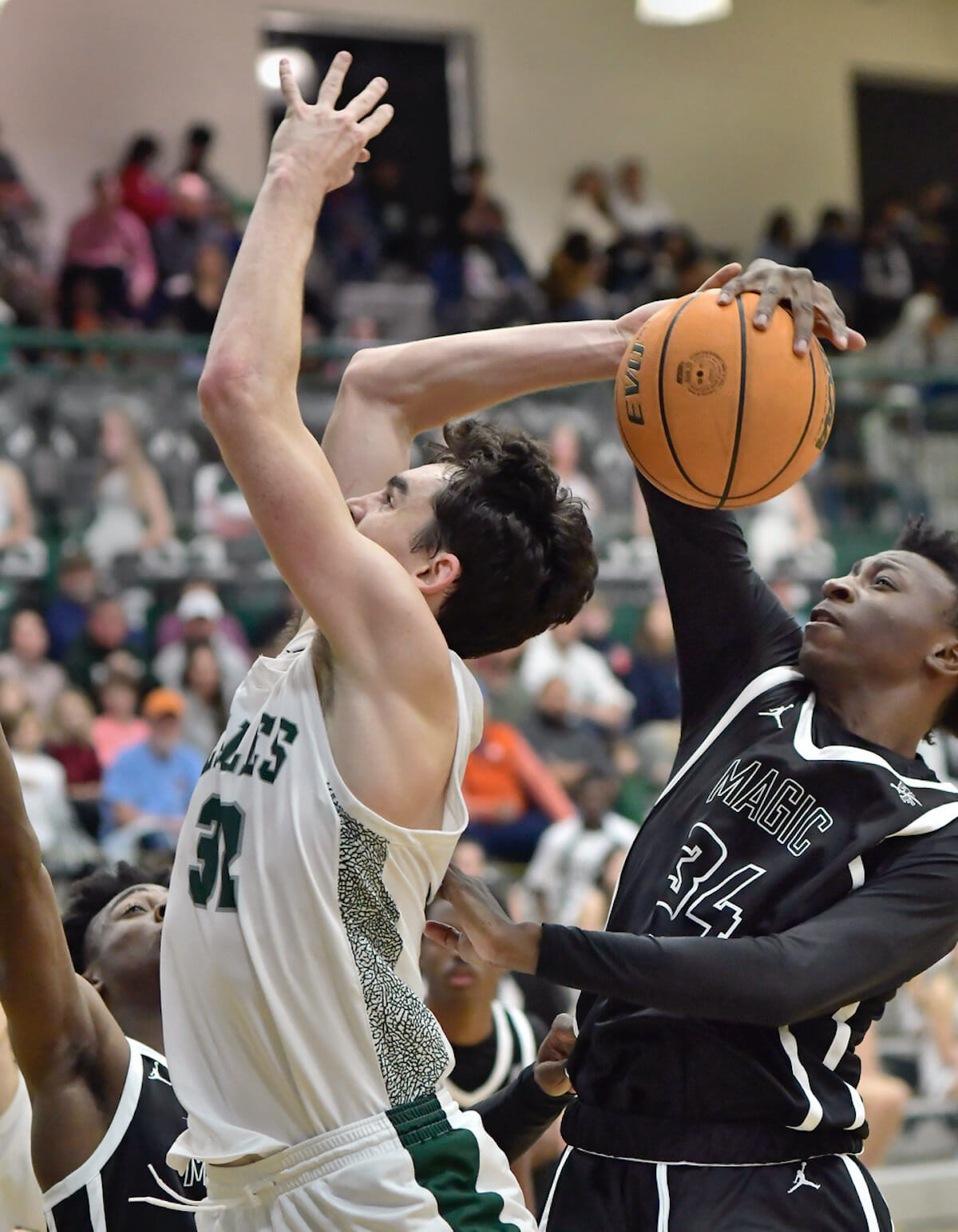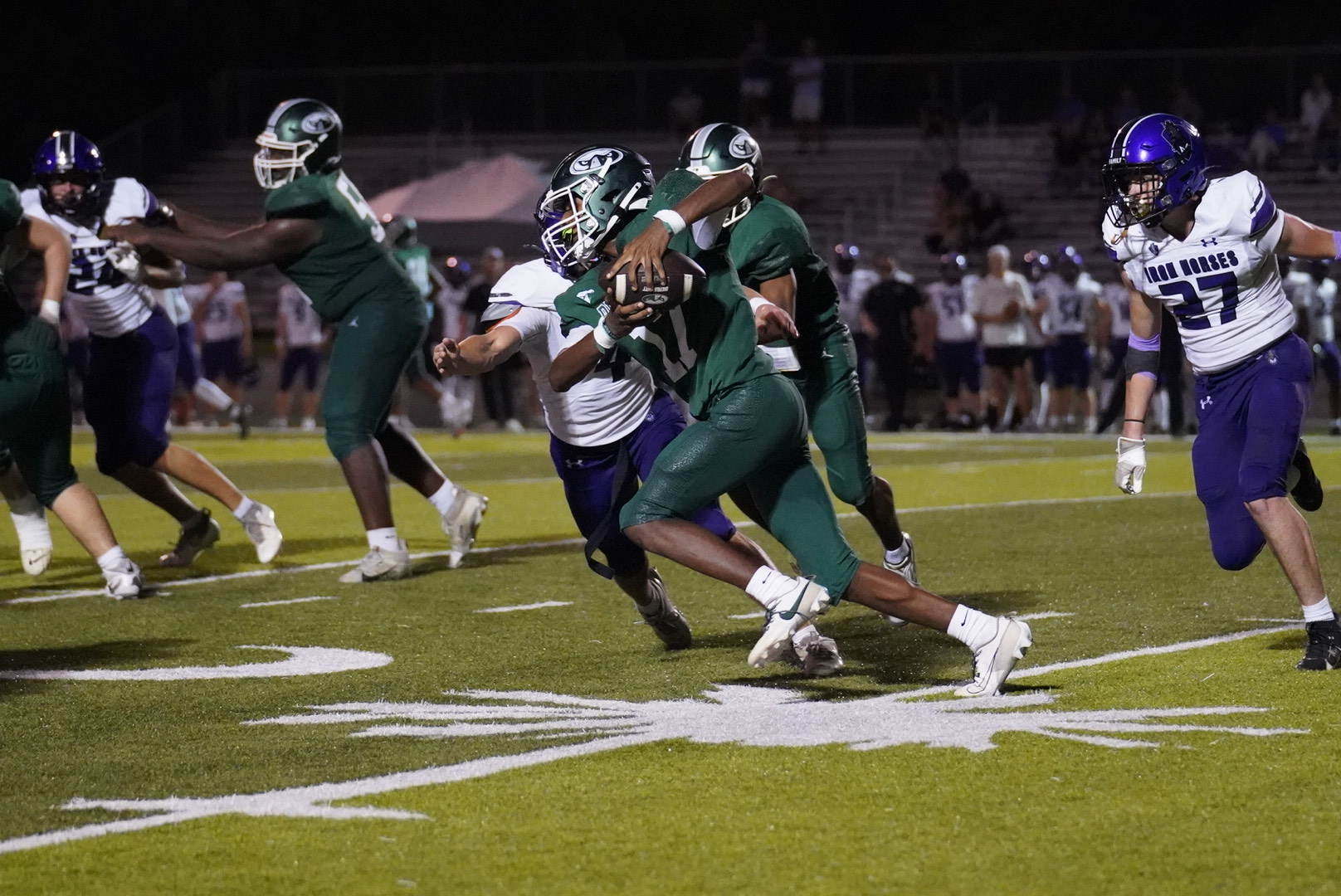When I first arrived in the Lowcountry in the summer of 2005 to cover sports for The Island Packet, I was struck by how different the high school sports landscape looked here than in my native Kansas, where private schools are located primarily in major population centers and compete in the same league as the state’s public schools, usually in the upper half of the Sunflower State’s six classifications.
The concept of a separate league of private schools made up of both larger prep schools in metro areas such as Pinewood Prep, Porter-Gaud, Heathwood Hall, and Hammond School, as well as tiny rural schools in every town, with a wide disparity of talent pools to draw from, was perplexing to me.
It didn’t take long for folks to help me connect the dots to integration (https://www.southerneducation.org/publications/historyofprivateschools/) as I began to develop a deeper realization that I most definitely was not in Kansas anymore. There is more nuance to this issue than belongs in a local sports column, even one focused on fostering a deeper understanding of complex issues, so I encourage you to follow the link above and explore the topic further, but the gist of it is this — when Southern schools were forced to integrate, private schools popped up in every county, if not every town, and essentially extended segregation in schools for several decades in many areas.
Progress stops for almost no one, of course, and we have seen a welcomed (by most) cultural shift in South Carolina’s private schools, beginning with those larger schools in metro areas and slowly filtering out to the smaller and more rural schools. Even at schools like Thomas Heyward Academy — which is nicknamed the Rebels and until the mid- 2000s had a mascot who dressed as a Confederate soldier on the sidelines at football games and fired a musket at the opening kickoff — diversity among the student body and on sports rosters increases annually, which can only help to create a more welcoming environment as students interact with more of their peers who come from different backgrounds and have different lived experiences.
There are still pockets of the state, though, where SCISA sporting events are disturbingly monochromatic, and that isn’t likely to change soon.
Again, this is a generalization and focused more on the overall picture, not individual schools. There is much deeper discussion to be had around this issue, but not in this space. I point it out primarily to illustrate that SCISA serves a more diverse group of schools and students than it ever has in the past, and in my estimation, this conundrum of keeping member schools with diverging goals and interests satisfied has led to a regular lack of consistency and occasional discord regarding policies and procedures.
SCISA has long been viewed as the Wild West relative to the S.C. High School League, which has a public board of directors and operates with at least some degree of transparency and order, complete with a vast and explicit set of policies and procedures, as well as an appeal process to mediate any disputes and provide clarity and consistency in how the rules are interpreted and applied. Meanwhile it’s sometimes the case that no one involved — even coaches and athletic directors — seems to know exactly what a SCISA policy is or how to interpret it, even if it’s published on the organization’s website.
A prime example is one that is relevant to the current conversation — how does the SCISA “flex” region system work, and how are teams that play unbalanced schedules relative to their classification evaluated for playoff seeding purposes?
Ask 10 different people, and you’re likely to get close to 10 different answers, many of which are a variation on, “Heck if I know.”
As you may be aware — or may have been wondering about — for all sports other than football, Hilton Head Prep (a SCISA 3A school) and Holy Trinity (a SCISA 1A school) compete in SCISA Region 4-2A as “flex” teams. This means they play their region schedules against primarily 2A schools but compete against 3A schools in the postseason.
As a result, the Dolphins often have a gaudy record in sports such as basketball, soccer, and baseball, but it is difficult to objectively measure their results against their 3A peers who play a more challenging region slate. This often leads to HHP receiving a lower seed than it otherwise might have, giving the Dolphins a tougher first-round draw and path through the playoffs, which compounds the fact that they are not always playoff-ready due to a weaker regular-season schedule.
Ironically, it can have the opposite effect on Holy Trinity, as the Mighty Lions take their lumps against the big boys and have an ugly record to show for it, but are battle-tested to compete against fellow 1A schools in the postseason, and their soccer teams have enjoyed great postseason success.
This setup also impacts the 2A schools — sometimes positively, but often negatively. Teams like Beaufort Academy, John Paul II, Hilton Head Christian Academy, Thomas Heyward, and Colleton Prep benefit from the strong competition provided by a 3A school, but the lack of clarity about how the “flex” setup impacts seeding is a concern. The coaches I talked to throughout the season were under the impression only their records against the 2A schools in the region would impact their playoff seeding, and they were of the belief that they would be seeded on the appropriate line according to their region finish, which is how SCISA handles the football playoffs in every classification.
Apparently, that wasn’t the case. Even though there are four regions in SCISA 2A, the four seeds on each line were not awarded equitably. Beaufort Academy was the highest 2A finisher in the boys basketball region, suffering only one loss to a 2A opponent in region play and two to HHP. The Eagles had a 31-7 record entering the playoffs (including several forfeits) and played against teams from every classification in the state, public and private — and beat a team at every level except SCHSL 5A (they lost in overtime to Stall).
Yet they were a No. 2 seed.
Thomas Heyward finished right behind BA after an incredible season on the heels of canceling the 2020-21 campaign, even knocking off the Eagles to split the season series. Their reward? A No. 3 seed and a trip to Calhoun Academy for the only true road game in the first round of the tournament, resulting in an early exit. (SCISA’s decision to play all postseason games in select sports at neutral sites might get its own column for another day; I’m not a fan, to say the least. But regardless, if you’re going to use neutral sites, they have to be neutral for everyone.)
John Paul II and Bethesda Academy tied for the next spot in the region, and the Blazers should have won the tiebreaker and earned a No. 3 seed by any measure of logic, yet both were seeded on the No. 4 line and forced to face top seeds in the first round.
SCISA claims to have a committee that seeds the playoff brackets using some unpublished metrics, but no one seems to know who or what is making the determinations, and there seems to be very little rhyme or reason, so good luck piecing together the rationale on your own.
We invited SCISA AD Mike Fanning to be a guest on the LowcoSports Lowdown podcast this week and intended to clarify some of these questions, but we did not receive a reply.
The proposed realignment plan for the next two years will serve to correct some of the issues plaguing SCISA as an organization and driving coaches and ADs up the walls. The addition of a fourth classification allows for more parity from top to bottom in each class, but it also reduces the number of teams competing for watered-down state titles and still relies on the “flex” regions to work around issues that can’t be fixed, such as geography.
But the problems that prevent some SCISA programs and athletes from being taken more seriously by college recruiters and talent evaluators will remain unless the organization’s leaders address the lack of clarity and consistency applied to policies and procedures and become more transparent and accountable to the people they serve.
SCISA’s history and reputation are not sterling, but it serves an important niche in the South Carolina high school sports landscape and provides countless opportunities to student-athletes who might not otherwise have them. But the model of good ole boys making it up as they go along doesn’t work anymore. As the culture continues to evolve within the league and its schools, SCISA has an opportunity to embrace change, focus on transparency, organization, and legitimacy, and chart a different course for the future.
Justin Jarrett is the sports editor of The Island News and the founder of LowcoSports.com. He was the sports editor of the Island Packet and the Beaufort Gazette for 6½ years. He has a passion for sports and community journalism and a questionable sense of humor.






